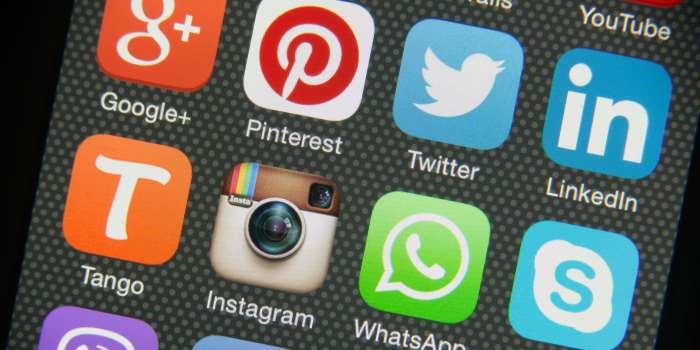The use of social networks by professions has increased so fast in recent years that a new discipline, social selling, has rapidly emerged to become a key tool in B2B. The reason? Buyers prefer to trust their peers and their informal discussions to reach an opinion, rather than being approached by editors and contractors.

Social selling is actually social lead generation
For many people, social selling means monitoring social networks, the publication of content and the use of social networks by sales professionals to engage in dialogue with prospects and customers. However, by the time I had completed my thesis on social selling, finalised in June 2016 at HEC Paris, it was clear firstly that social selling was a somewhat commercial and traditional activity, if no account were taken of the experiences of listening attentively to social networks.
Secondly, sales professionals seemed to me to be primarily interested in data gathering to feed their address books rather than in methods exploiting LinkedIn to build relationships of trust and make sure they are in the right place at the right time when their customers take decisions.
At the time, I also explained that social selling was in reality social lead generation, and the disadvantage of this approach was the difficulty of escalation. That’s still the case today. How can we deploy social selling on a large scale, converting very large numbers of sales professionals into advisers and experts on this practice in their markets?
Whether sales personnel are converted in conjunction with communications designed by the marketing department or communication plans are drawn up that are specific to markets or key accounts, the capacity to generate regular original content is a first major challenge.
Measuring the return on investment
Given the investment necessary for the production of this content, the second challenge is posed by the task of measuring the return on investment. This doesn’t just mean measuring engagement (likes and shares) but understanding the volume of new leads generated. This is because it is now recognised that a like is no more than a signal indicating that you have caught someone’s attention, or that an emotion has been shared. But for sales departments, that’s not enough. They need a measurable return in terms of new contacts or new opportunities generated directly (for example, in response to the publication of content) or indirectly (for example, through recommendations).
Certainly, many authors and consultants explain that social selling only occupies the attention of sales professionals for a few minutes each day, so there is no need to worry about it. But the attempt to measure the effectiveness of this activity throws up some interesting questions: is the relayed or published content genuinely interesting? Is the network of sales professionals really relevant? Is proximity between professionals and their customers effective? etc.
Today, the conclusion of my thesis would be different. LinkedIn is no longer just an effective social network for job-hunting and social selling. As a medium for marketing personnel, which it already was (we become our own brand, or a primary vehicle for the brand that employs us), LinkedIn has a programme of support for Influencers.
LinkedIn is now a fully-fledged marketing medium
LinkedIn has now become a fully-fledged marketing medium with the roll-out of its Campaign Manager, including the targeting of audiences, the publication of rich messages, the collection of leads and the dashboards required to monitor campaign performance. Although its members’ data is confidential, Campaign Manager develops ties with companies’ commercial and marketing ecosystems: the manual export of leads or transmission to third-party applications, the manual import of contacts for targeting, or the automatic enriching of an audience for retargeting campaigns (from a list or directly from a URL), for example.
Further evidence that LinkedIn has become a professional medium, to be integrated into business marketing plans, is provided by the blog it now hosts aimed at marketing departments, and, since 26 June 2016, the specialist magazine for B2B marketers: Underscore. After HR departments, individual professionals and sales personnel, LinkedIn is now targeting marketing departments.
With more than 500 million members, LinkedIn alone is influencing the definition of social selling. Marketing departments must henceforth incorporate it into their game plan and coordinate the various points of interaction, depending on their strategy and brand image: key individual profiles, groups, pages, messages posted).
From a technological point of view, there are a number of solutions for publishing content on LinkedIn. But few so far enable the creation of a customer relationship platform (marketing and CRM), as expected by businesses (Microsoft Dynamics 365, Salesforce.com, Zapier, etc.). To move social selling up a gear, building programmes of marketing/commercial engagement whose impact can be measured, our advice is to turn to these solutions.
















Your email address is only used by Business & Decision, the controller, to process your request and to send any Business & Decision communication related to your request only. Learn more about managing your data and your rights.